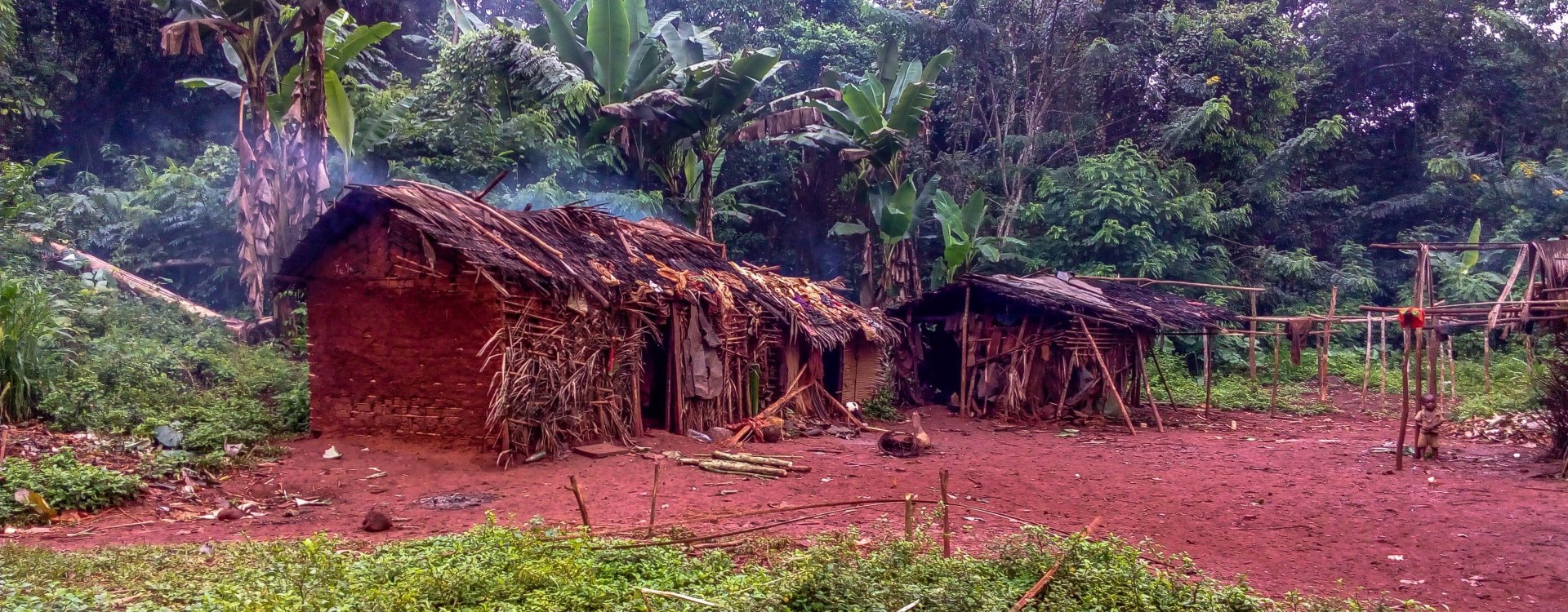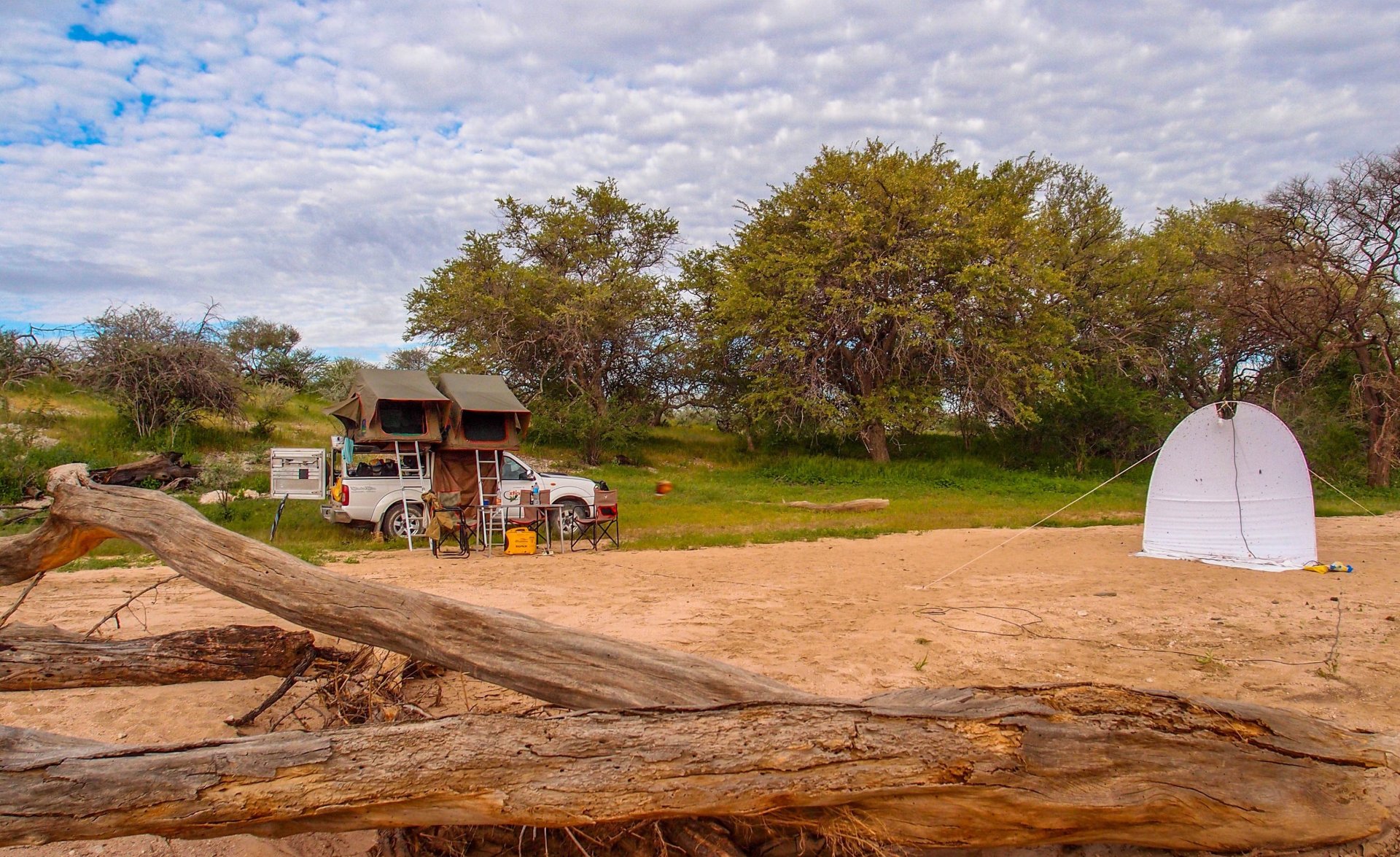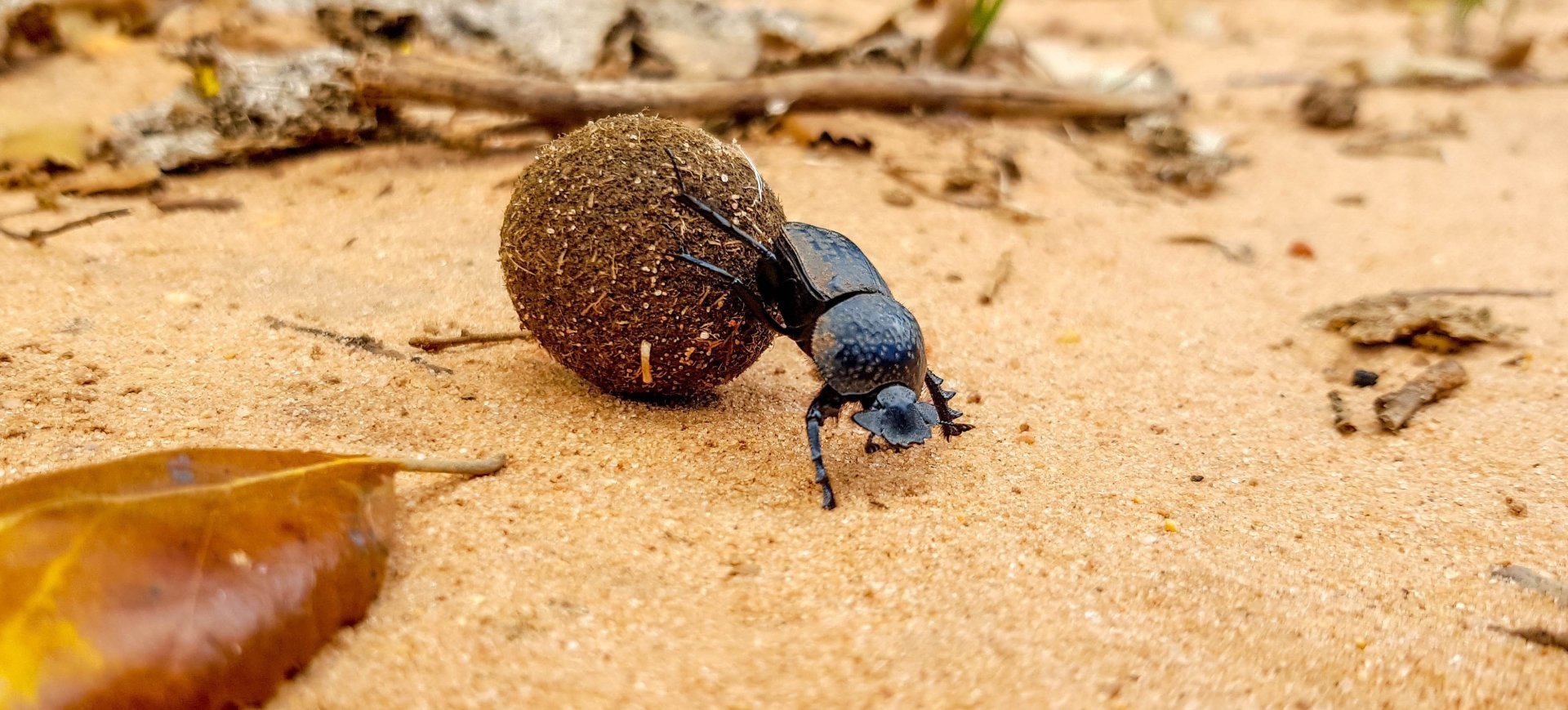







![]() Information: Lucanus barbarossa, is an Iberian-Maghreb species described by Fabricius in 1801 from Morocco. It is found in a large part of the Iberian Peninsula, Morocco (Middle and High Atlas), Algeria and Tunisia. The male mandibles are much shorter of L. cervus, roundly curved and with only one small tooth in the middle. This species has 6 antennal lamella which are longer than those of L. cervus. The body is stout and more shinny compared to L. cervus. The pronotal side is strongly sinuate before the posterior angle.
Information: Lucanus barbarossa, is an Iberian-Maghreb species described by Fabricius in 1801 from Morocco. It is found in a large part of the Iberian Peninsula, Morocco (Middle and High Atlas), Algeria and Tunisia. The male mandibles are much shorter of L. cervus, roundly curved and with only one small tooth in the middle. This species has 6 antennal lamella which are longer than those of L. cervus. The body is stout and more shinny compared to L. cervus. The pronotal side is strongly sinuate before the posterior angle.
Body length: 28 - 45 mm
Peak activity: June - August
![]() Remarks: It mainly searches for oak, cork and holly groves up to an altitude of 2500 m, the most common being from 400 to 1100 m. Imaga hatch in late June and early July. A nocturnal species that is attracted to artificial light.
Remarks: It mainly searches for oak, cork and holly groves up to an altitude of 2500 m, the most common being from 400 to 1100 m. Imaga hatch in late June and early July. A nocturnal species that is attracted to artificial light.
![]() Distribution: Algeria, France, Morocco, Portugal, Spain, Tunesia
Distribution: Algeria, France, Morocco, Portugal, Spain, Tunesia
Zoogeographic region: Palearctic
![]() Taxonomic classification:
Taxonomic classification:
![]() Catalogue of the Lucanidae from Africa | Bartolozzi 2004
Catalogue of the Lucanidae from Africa | Bartolozzi 2004
![]() Material examined (& observation):
Material examined (& observation):
Spain ![]()
Madrid Prov.
Sierra de Guadarrama NP
Rascafría env.
(GPS) ![]()
Altitude 1200 m a.s.l. | 16.6.2021
![]() Our observation period: June ~ July
Our observation period: June ~ July![]() Sampling Methods: Attracted to light trap
Sampling Methods: Attracted to light trap ![]()
![]()
 Spain
Spain